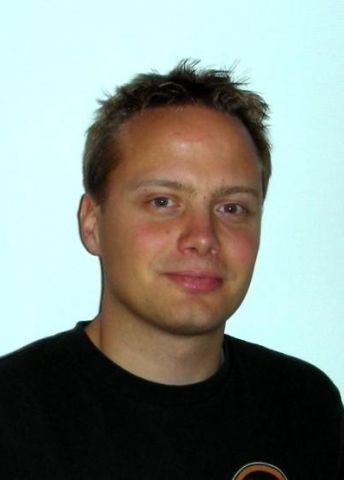
Program for mathematics 2017
Grant to recruit an international researcher
for a postdoctoral position
Thomas Kragh
Uppsala University
Grant to recruit an international researcher
for a postdoctoral position
Thomas Kragh
Uppsala University
Finding the right keys for progression in symplectic geometry
Assistant Professor Thomas Kragh will receive funding from the Knut and Alice Wallenberg Foundation to recruit an international researcher for a postdoctoral position at the Department of Mathematics, Uppsala University, Sweden.
Thomas Kragh and the research group in Uppsala are interested in symplectic geometry, a branch of mathematics with its roots in the nineteenth century, which is still significantly undeveloped in its modern form. Symplectic geometry was originally developed in mathematics for the needs of classical mechanics in physics. Classical mechanics studies motion, such as the trajectories of planets in the solar system, or of charged particles in an electromagnetic field.
The symplectic manifolds that are the subjects of modern studies can be regarded as generalizations of dynamical systems in classical mechanics. The subject is useful in cosmology and for the theory of superstrings, which is the big hope in modern physics for unifying the general theory of relativity with quantum mechanics.
Russian mathematician Vladimir Arnold rekindled interest in symplectic geometry at the end of the 1970s. He formulated a number of central problems in the field, thus staking out lines of research for several decades.
Current research is related to a conjecture formulated by Arnold, one which remains unsolved. However, some important partial proofs have already been achieved using both older and more modern methods. It is still too early to tell which of these methods can be combined, or whether some exclude each other. Along with the new postdoctoral researcher, the research group in Uppsala hopes to find the right mathematical keys to arrive at more general results that can further advance the entire field of symplectic geometry.